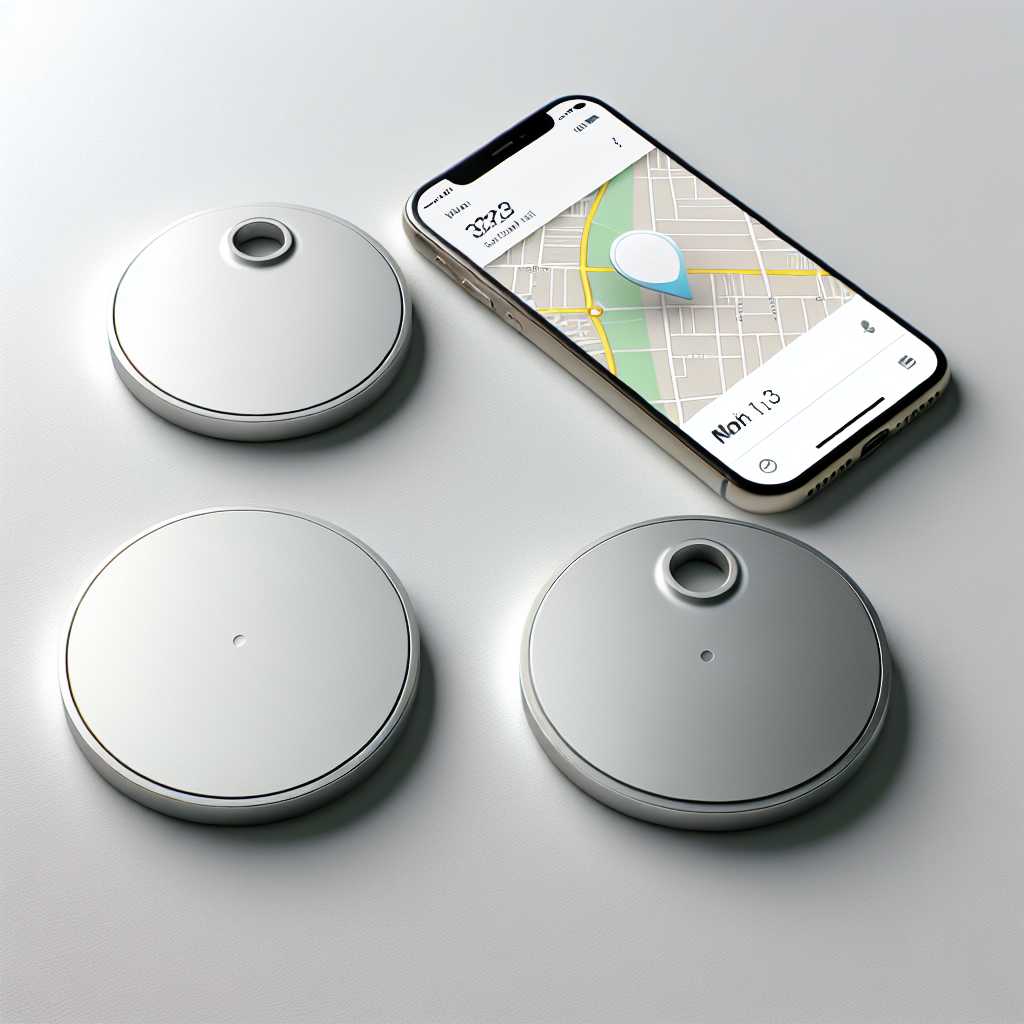Understanding the Apple AirTag: A Comprehensive Overview
The Apple AirTag offers a novel and high-tech way to track and locate personal items. Introduced by Apple Inc., the small, button-shaped device assists users in keeping tabs on their belongings via the Apple Find My network. This article explores the product’s features and specifications, its practical applications, privacy, competition in the market, areas of improvement, and notable statistics.
Introduction to Apple AirTag
Apple’s foray into the item-tracking space heralded a significant entry that leverages the vast existing network of Apple devices around the world. Revealed to the public in April 2021, the AirTag is specifically designed to function seamlessly within the Apple ecosystem. The functionality is intuitive and straightforward – an AirTag is attached to an object, and if that object is lost, the Find My app can be utilized to help recover it. The AirTag emits a secure Bluetooth signal that nearby devices in the Find My network can detect and relay back its location. This section will delve into what AirTags are and how they integrate with Apple’s broader technological infrastructure.
Technical Specifications and Design
The circular design of the AirTag measures 31.9 millimeters in diameter and 8 millimeters in thickness, weighing in at just 11 grams. Its small size ensures that it remains unobtrusive while attached to personal items. Each AirTag is powered by a user-replaceable CR2032 coin cell battery acclaimed to last over a year under typical use before needing a replacement. Equipped with a built-in speaker, the AirTag emits sounds to aid location when sought through the Find My app.
Setting up and Using AirTags
Integrating an AirTag into one’s personal repertoire is designed to be painless and compatible with devices running iOS 14.5 or later versions. Simply bringing an AirTag into proximity to an iPhone or iPad initiates the connection process, resembling the one applied to AirPods’ pairing system. Users can assign each AirTag to a specific item (e.g., keys, wallet) and label it accordingly within the app for easy identification.
Practical Applications ofAirTags
The usability of AirTags stretches across a wide range of items. Individuals commonly attach Airtags to keys, wallets, luggage, electronic devices – virtually anything that has a propensity for being misplaced or lost where tagging can add value by reducing time spent searching or ensuring recovery of that possession.
Privacy Concerns and User Safety Features
Addressing potential privacy concerns of being possible tracking devices, Apple has enforced several safety mechanisms within Airtags: unwanted tracking notifications, regular chirping noises from unknown AirTags, rotating Bluetooth identifiers, etc. Locational data isn’t stored within the Airtag, according to Apple.
Competitors and Market Comparison
The market for wireless trackers isn’t monopolized by Apple; significant contenders include Tile Mate, Samsung Galaxy SmartTag, and the Chipolo ONE Spot—all offering varying proprietary ecosystems and distinct features that vie for consumer interest alongside budget considerations.
Areas for Improvement
While intricate in design, there can be improvement areas primarily pointed out around compatibility since AirTags are exclusively incorporated within Apple’s database—not facilitating Android or diverse operating systems.
Notable Criticisms and Consumer Feedback
Despite positive feedback on accuracy and integration with Apple’s Find My network, criticism arises due to the potential environmental impact of disposable batteries,a lack of a built-in keychain hole necessitating additional accessories.
Notes
Conclusion: Final Thoughts on Apple Airtags
In closing,
Apple’s AirTags epitomize innovation within the small wireless tracker market, providing robust features like precision finding for customers deep in the Apple ecosystem. While faced with critique in pockets like privacy fears among others; generally categorizing itself as customer-centric through essential functionalities that captured consumer attention heralding significant success since debut.
*Image Description:* An array with three Apple Airtags placed next to each other on a white surface showing their thin design profile with one flipped over revealing the stainless steel back cover while the others display their white front logo side along with an iPhone showing these tags within the Find My app screen.
